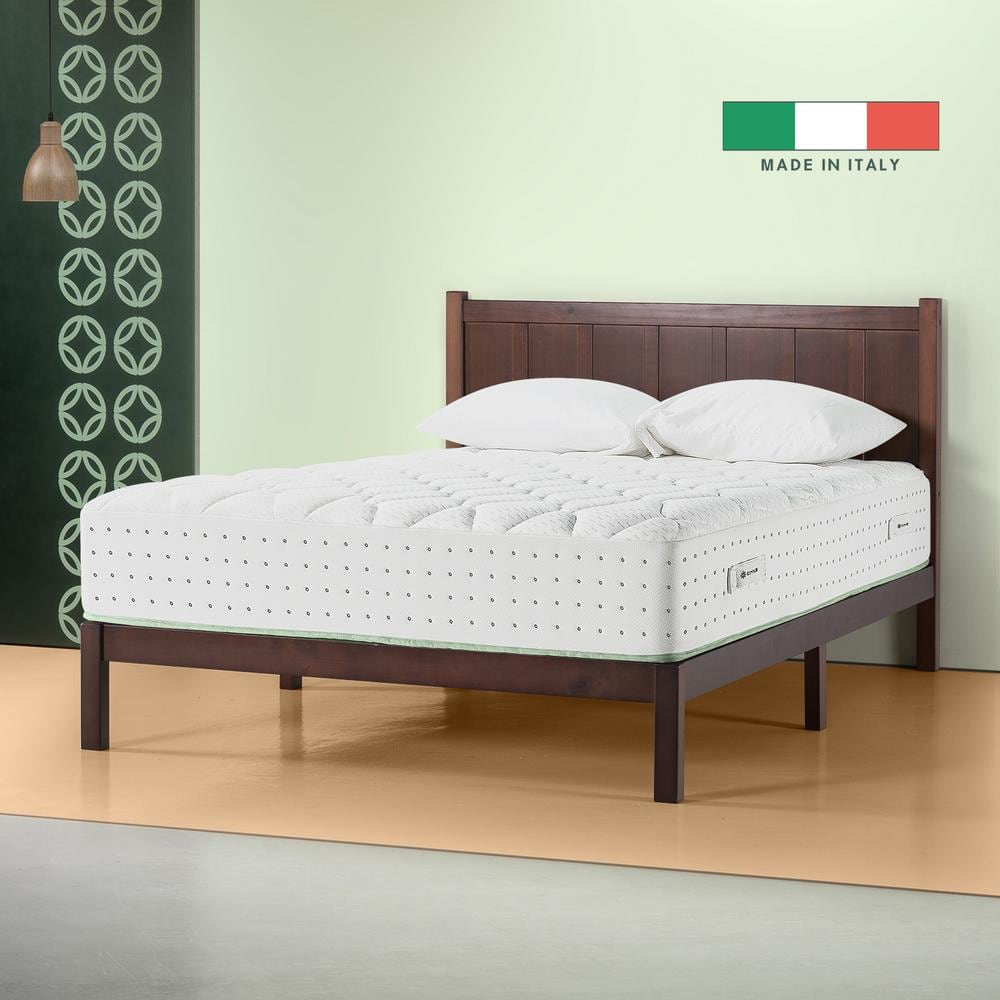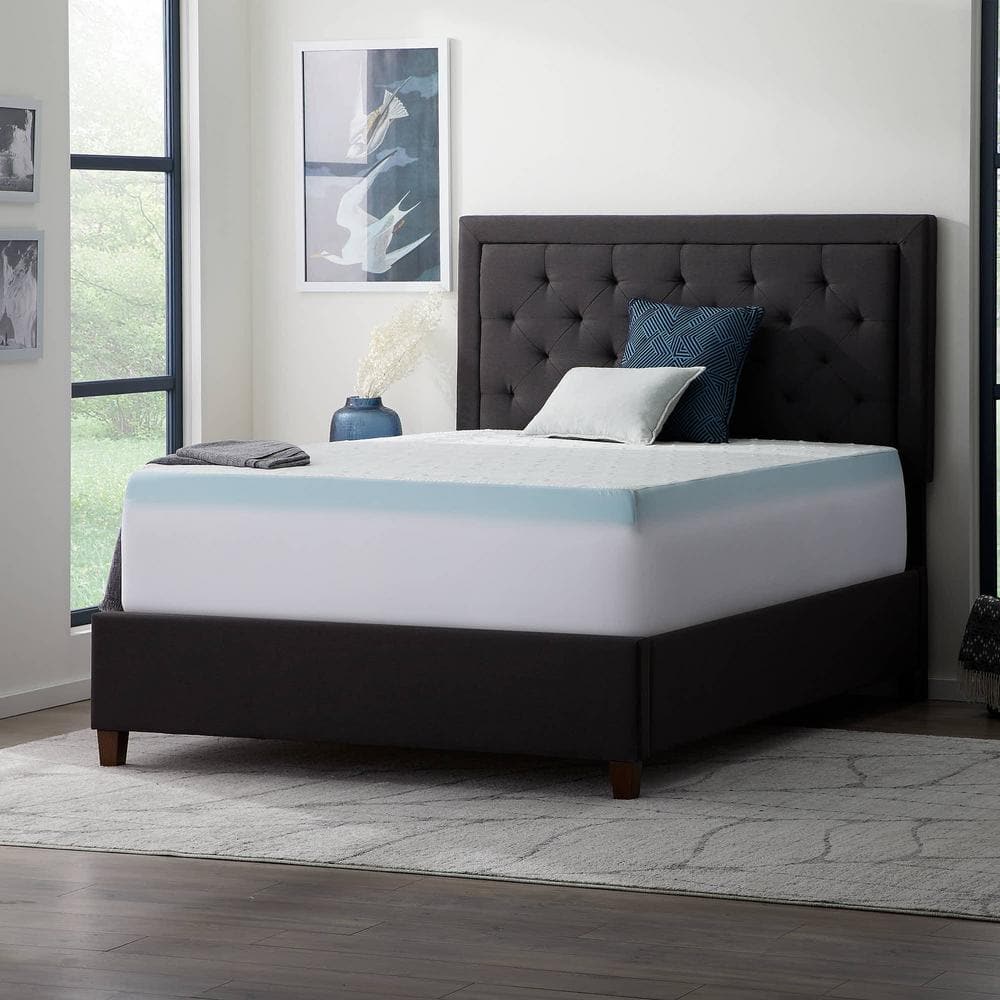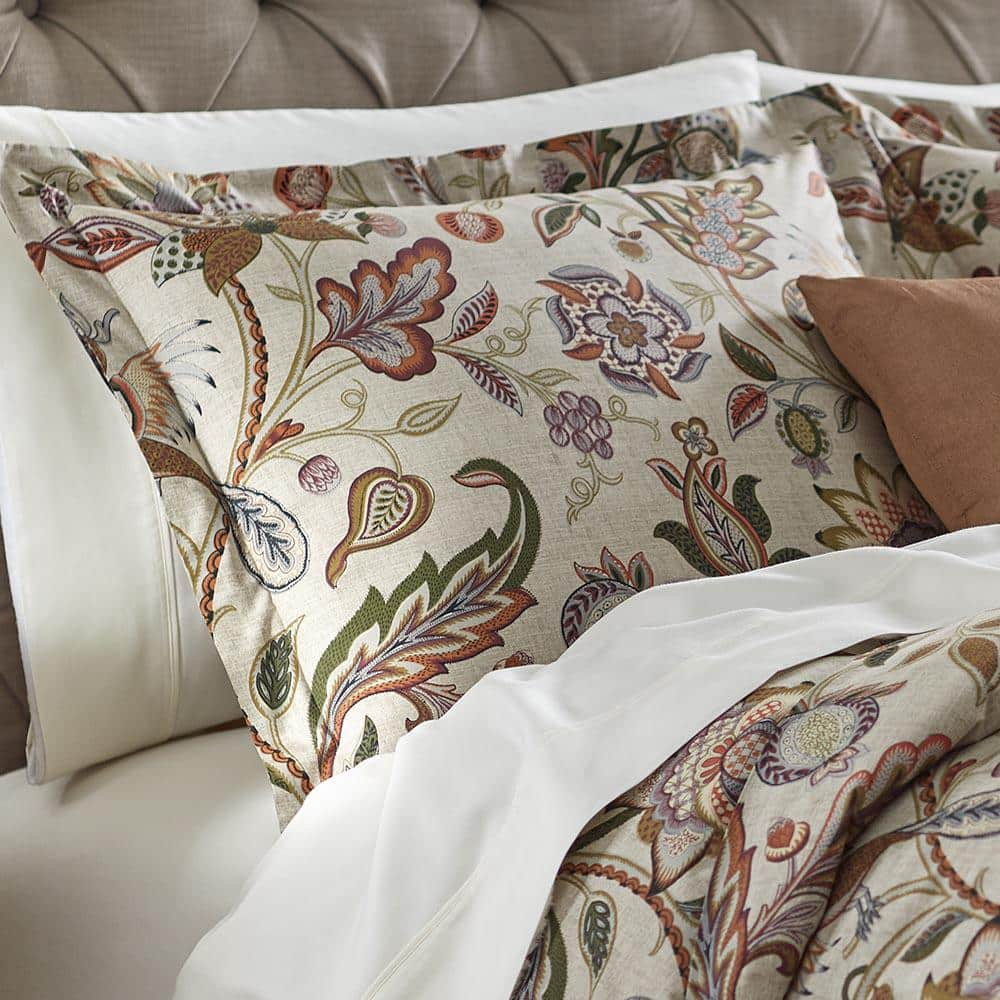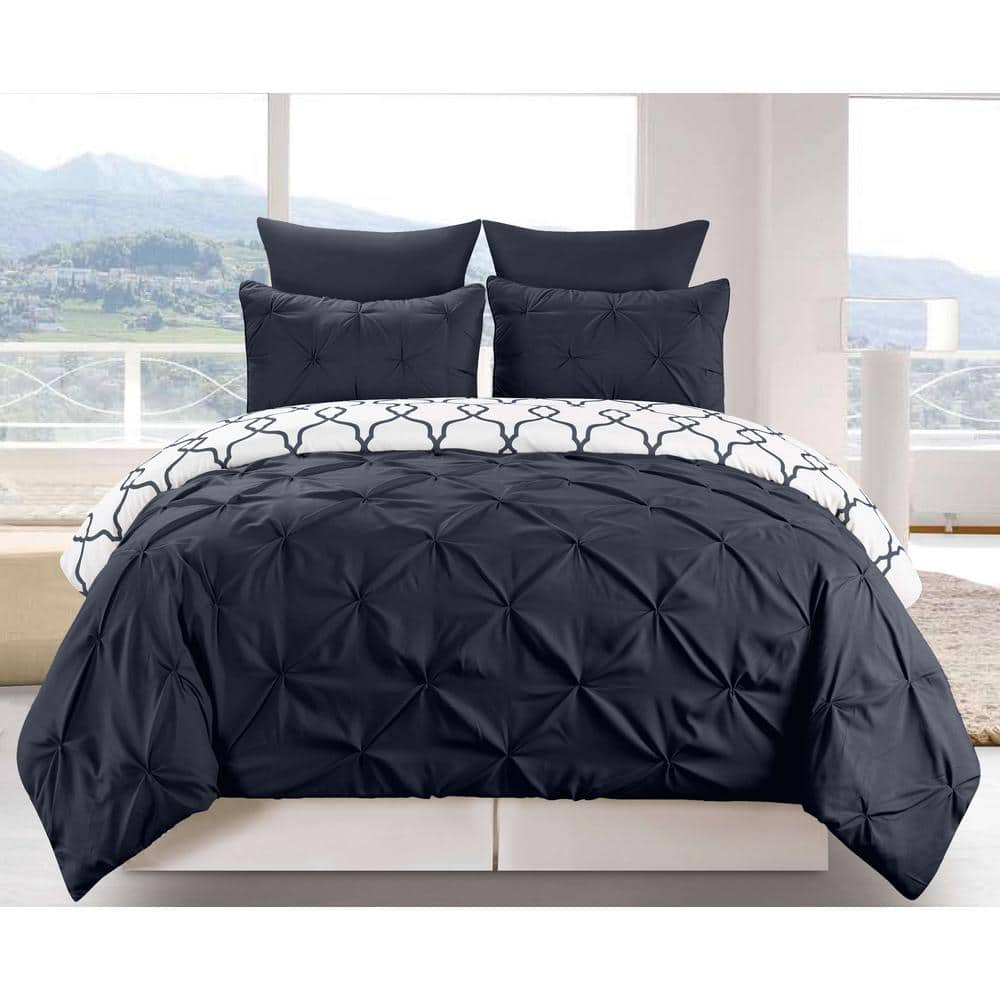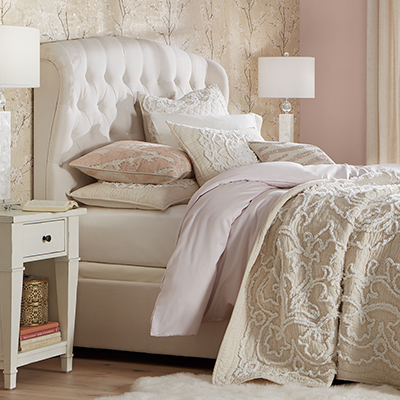How to Choose the Best Bed Sheets for Your Bedroom

Last updated September 7, 2023
When it comes to a good night's sleep, your bed sheets can make all the difference. Because you spend so much time in your bed, it’s important to choose a quality sheet set. Just like your mattress, the type of sheet you choose will depend on personal preference. Whether you are a hot sleeper, prefer crisp sheets or are trying to understand what the best thread count for sheets would be, this guide will help you find the best bed sheets for you.
Table of Contents
Things to Consider Before You Shop
Material Matters
Understanding Thread Count
Cool Sleepers vs. Hot Sleepers
What About the Weave?
Caring for Your Sheets
Things to Consider Before You Shop
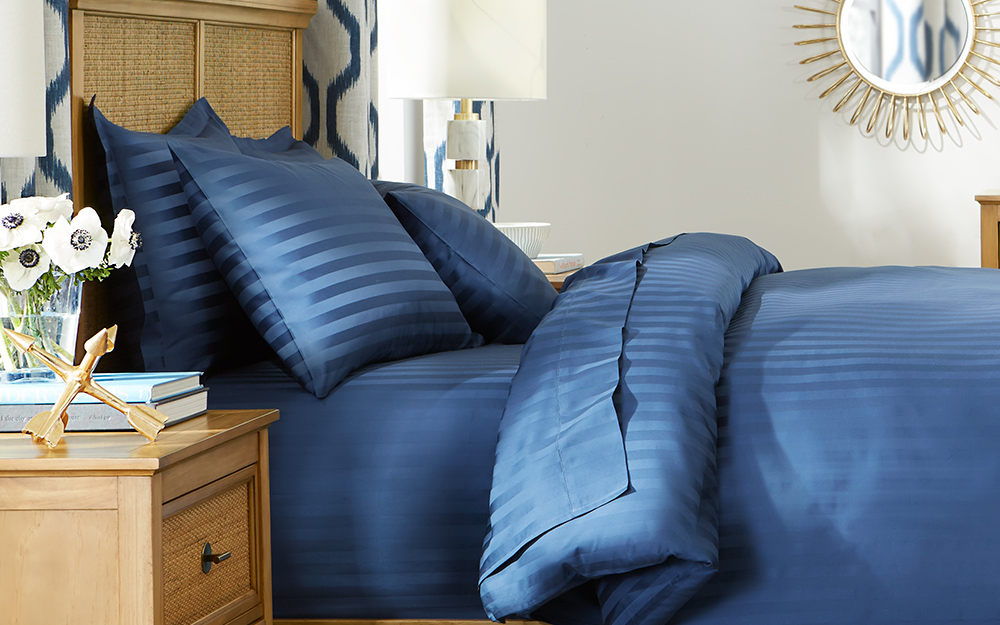
- Fit: We’ve all struggled to get the fitted sheet to squeeze onto the mattress. This is why it’s important to buy sheets in the correct size for your bed. Fitted sheets come in varying depths to accommodate thicker mattresses or mattress toppers. They may come in standard, deep pocket and extra-deep measurements. The standard depth of a fitted sheet may not be large enough to accommodate a thicker mattress, so look for deep-pocket sheets if you have a pillow-top mattress or a mattress topper. Make sure to measure your mattress depth (including your mattress topper, if you have one), before purchasing fitted sheets.
- Sheets sets or Separates: While some people prefer buying complete bed sheet sets, we know that others like to mix up their top sheet/fitted sheet combination to create a more signature look. While some of our sheets are available only in sets, most can be purchased separately, so you can mix and match flat sheets and fitted as you prefer.
- Natural/Organic Materials: Cotton, silk, linen and wool are natural and organic, meaning they are typically grown without GMOs or pesticides. If this is important to you, select types of organic sheets without any synthetic materials.
- Allergies: If you suffer from allergies or sensitive skin, choose fabrics that are breathable yet tightly woven. The best bed sheets for those that suffer from allergies are microfiber and cotton. You can also combat allergies by washing all of your bedding in hot water – greater than 130 degrees Fahrenheit – every week.
- Budget: While everyone wants to find the most comfortable sheets, not everyone has the same budget. There are plenty of soft, durable, quality bed sheets to choose from, so start with a solid price range in mind as you begin your search for the best bed sheets.
Material Matters

With so many materials and types of sheets available, it can be overwhelming trying to understand which fabric is best for you is. While a linen sheet set may be a great investment for a warm sleeper, bamboo sheets could be a good alternative for those with allergies.
- Cotton: Comfortable, breathable and durable, cotton is still the most popular fabric. Cotton sheetsare typically easy to care for, smooth and stay fairly cool, making them perfect for year-round sleeping. Cotton may be blended with other materials such as rayon or polyester, so if you’re set on 100 percent cotton sheets, always check the label.
- Combed Cotton: This fabric has gone through a process that strips it of its impurities and short fibers, leaving behind smooth, buttery soft sheets.
- Pima Cotton: A high-quality cotton, Pima is a fine, long-staple cotton with a very soft weave.
- Egyptian Cotton: Often considered the best of the best, Egyptian cotton (grown in Egypt) is the finest, long-staple cotton available. It resists pilling and is loved for its incredibly soft weave and luxurious feel.
- Linen: Made from the flax plant, linen sheets are popular not only for their comfort level but also because they are incredibly breathable; staying cool in the summer and warm in the winter. Eco-friendly and fully biodegradable, linen sheets are hypoallergenic. They will wrinkle easily, but do become increasingly softer with each wash.
- Satin:Satin sheets are buttery soft. Their lustrous finish can make them feel a bit slippery at times. They also hold color beautifully and provide year-round comfort.
- Flannel: Warm and cozy, flannel sheets are an ideal pick for cooler climates, the winter season or those who prefer a snuggly feel while sleeping. Made from a combination of cotton, wool and synthetic fabric, flannel sheets are soft, but, because they trap body heat, they may not be the best choice for warm months or climates.
- Bamboo: Silky soft and smooth due to its long threads, bamboo sheets are durable and hypoallergenic. Typically made from organic fibers, bamboo sheets are soft, comfortable and affordable. They also naturally resist moisture.
- Microfiber: A high-quality synthetic fabric (often polyester), microfiber, or polyester sheets, is lightweight, hypoallergenic, resists pilling and feels smooth to the touch.
Understanding Thread Count
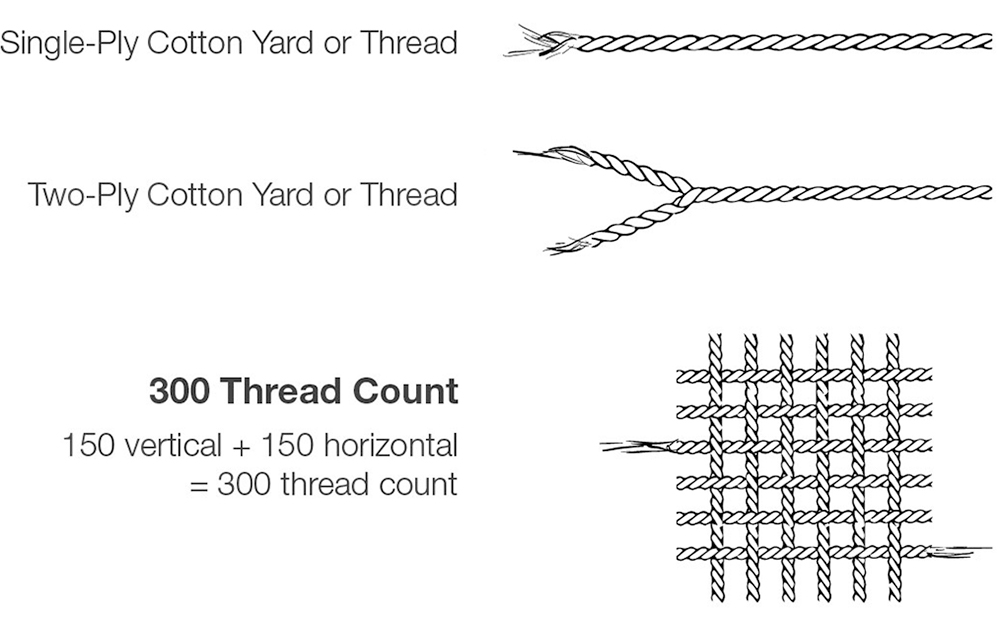
The best thread count for sheets is going to depend on the fabric you choose. Remember that a lower thread count in a sheet that is made from a luxurious fiber will be softer than a high thread count sheet that is made from a lower-quality fabric. Here are a few things to keep in mind when it comes to understanding thread count:
- Thread count refers to the number of horizontal and vertical threads woven together in one square inch of fabric. The higher the thread count, the denser the weave. Despite popular opinion, a higher thread count doesn’t necessarily mean a higher quality sheet, as there are many sheets with a 200 thread count that have a soft, smooth feel. Generally, we suggest looking for sheets within the 200 to 500 thread count range.
- When looking at thread count, remember that anything below a 180 thread count will have too open a weave for bedsheets, as you can see tiny holes in the fabric. Also, beware of high-priced sheets boasting over 500 thread count as those are often a marketing ploy by manufacturers.
- For example, a sheet that has a 1,000 thread count is probably made by using multiple-ply yarns; that is, individual threads twisted around each other. Multi-ply construction is frequently used to strengthen lower-quality cotton. So, super-high thread counts can often indicate lower-quality sheets.
Cool Sleepers vs. Hot Sleepers
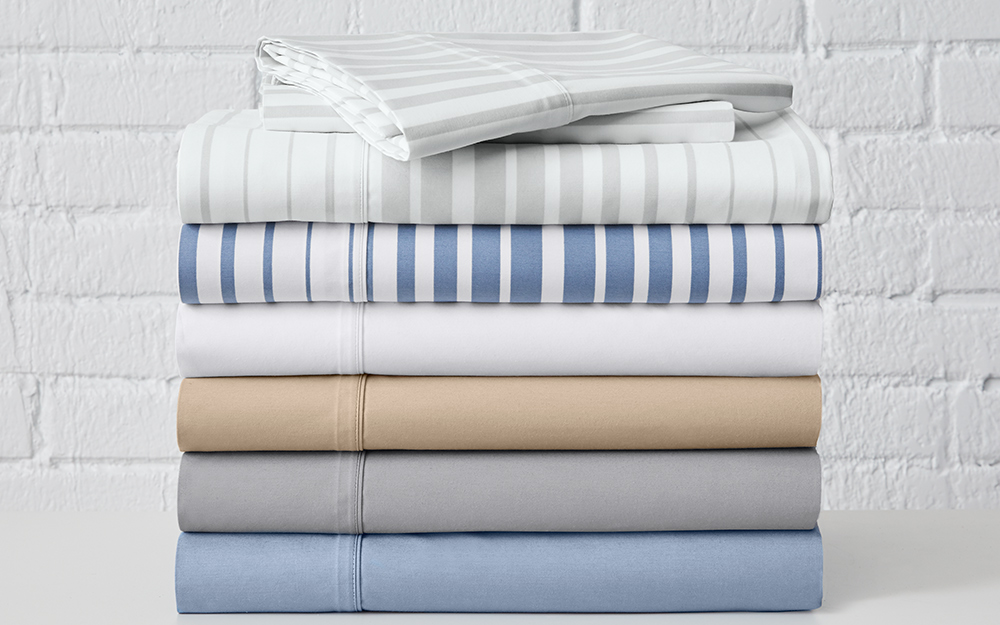
How hot or cold you sleep is an important detail when shopping for sheets.
- Best Summer Sheets: Those that live in a warm climate or tend to be hot sleepers will want to opt for sheets that are breathable, moisture wicking and temperature regulating.
Your best bet will be airy linen, moisture-resistant microfiber, crisp cotton or bamboo. - Best Winter Sheets: If you tend to run cold or live in a chillier climate, look for cozy options to keep you warm. Flannel is a great choice due to its soft, brushed surface that traps body heat. Also consider jersey knit sheets (which tend to feel like your favorite t-shirt), plush microfleece sheets or cotton, which tends to adjust to your body temperature year-round.
What About the Weave?
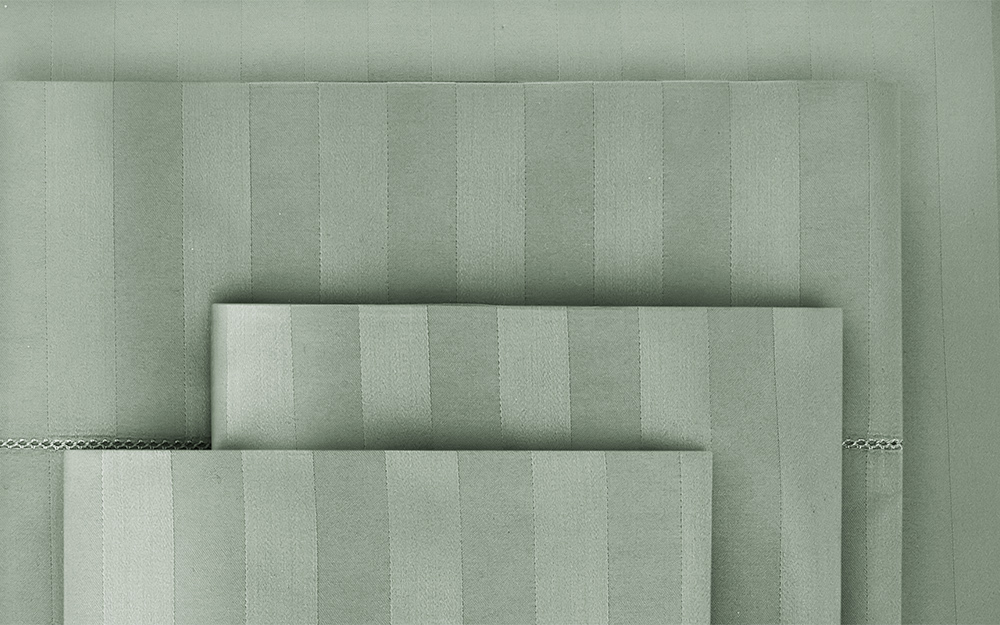
The weave refers to how the threads of the sheet are interlaced together to make the fabric. The most common weave pattern features one stitch over and one stitch under. This pattern creates the look and texture of the sheets. Here are the most common weaves:
- Sateen: Consisting of four stitches over and one under, sateen sheets feature a luster that looks similar to satin and are incredibly smooth and soft to the touch. These are ideal for anyone searching for a buttery soft sheet.
- Percale: The weave you are probably most familiar with, cotton percale sheets are lightweight and very closely woven, so they will have less of a shine but are still smooth, crisp and durable.
- Pinpoint: A stitch pattern of two threads under one, pinpoint is softer than a standard weave but not as luxurious as percale or sateen.
- Jersey: Stretchy and soft, jersey sheets are not as plush as sateen or percale and will pill easier due to the lower grade of cotton used.
- Twill: A diagonal weave, twill has more texture (both to the eye and to the touch). It is durable but is not as soft or smooth as other choices.
Caring for Your Sheets
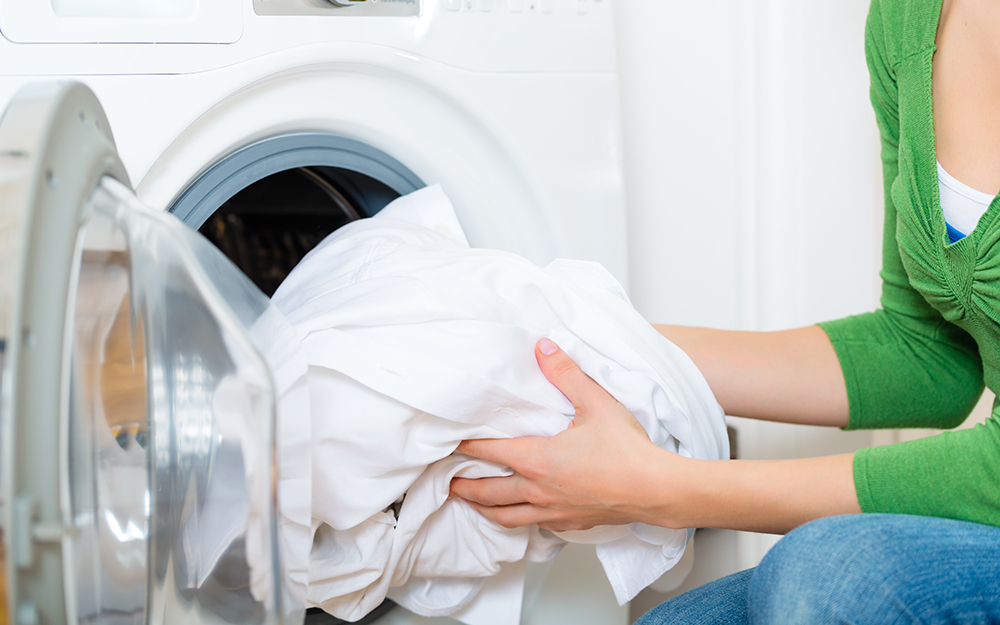
Always read the manufacturer's care label to make sure you are following their suggestions on how to launder your sheets, since this will vary depending on the fabric. For example, linen and silk sheets will need special care as opposed to cotton sheets, which can generally be washed and dried at home.
Here are some general care guidelines:
- Your sheets will last longer if you follow the “three set rotation rule": one set on your bed, one in the laundry and one in your linen closet. By rotating your sheet sets, they’ll last longer and be laundered less frequently than if you have just one set.
- Bedding can accumulate dust mites and dirt, so it’s a good idea to wash your sheets and pillowcases once a week (and possibly more often for hot or humid climates).
- Make sure to wash brand new sheets before putting them on your bed. Machine wash according to the instructions on the care label with similar colors, then tumble dry on a medium heat.
- Wash sheets separately from clothing and other laundry to prevent damage, color bleeding and any other issues.
- Select the gentle cycle and use cool or lukewarm water.
- Pre-treat stains before you add sheets to the washer and avoid using bleach as it breaks down fibers and can cause sheets to tear over time.
- Avoid wrinkles by switching sheets from washer to dryer as soon as possible. Additionally, remove sheets from the dyer and fold as soon as they are finished.
A cozy bed is important. Shop our selection of bedding to make your space feel neat and comfy. The Home Depot delivers online orders when and where you need them.




